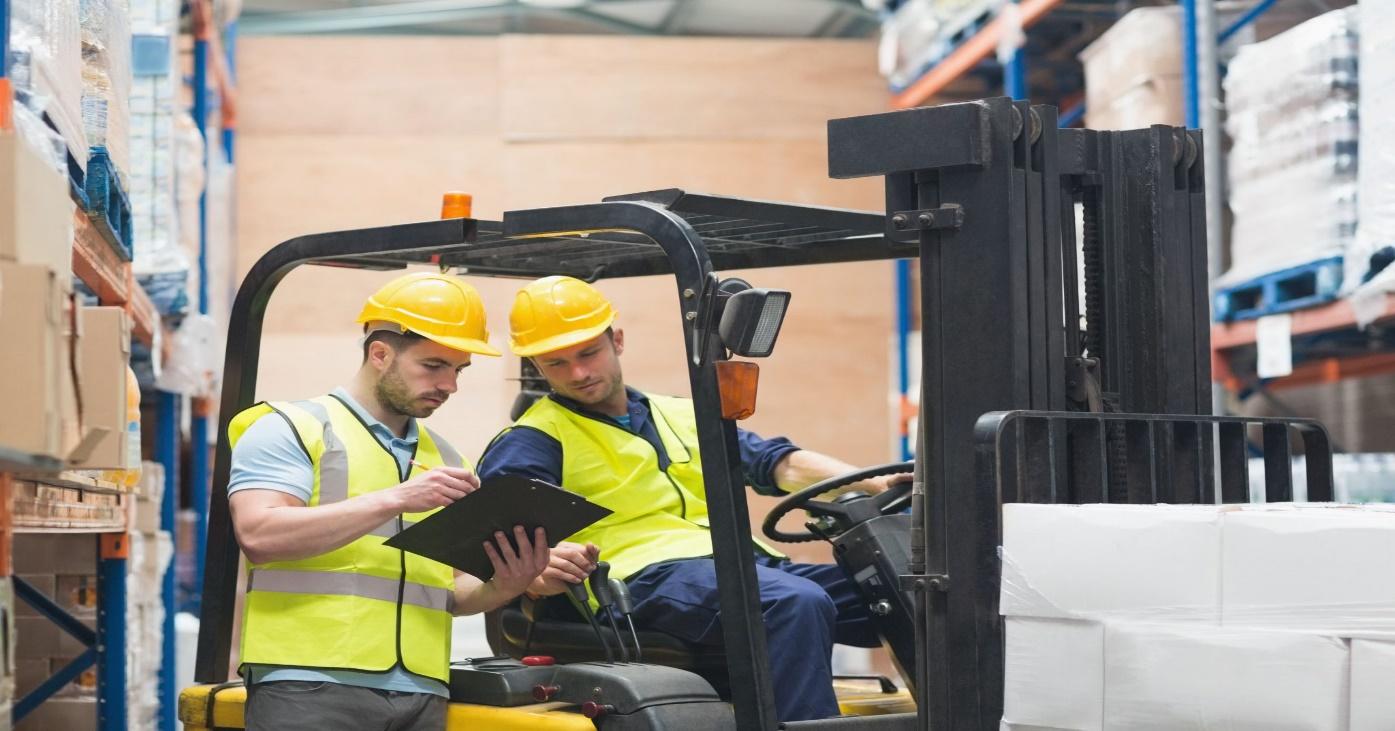Safety should always be the priority in any industry, especially if your business is about handling heavy equipment like forklifts. Companies should always tell their forklift operators to put safety as their priority above everything else. Companies should always remind their employees to look over their shoulder and not looking up, always keep their seat belts on, exiting the forklift using the three-point contact, and always remember to drive the forklift with the lift down, not up.
These are just a few safety practices that can be used by forklift operator to ensure their safety on the job as well as the people around them. Safety officials, government health agencies, as well as the National Safety Council are formulating safety guidelines to give forklift operators the safest work environment as possible.
To know more about forklifts, visit https://en.wikipedia.org/wiki/Forklift.)
Train operators for safety
The Occupational Safety and Health Administration estimates at least 30,000 work-related severe injuries and at least 60,000 non-serious ones that occur every year. Furthermore, data from BLS or the Bureau of Labor Statistics shows that, in the United States alone, 96 workers were killed that involves forklifts in 2015.
Safety in operations guidelines was published by the Washington State Department of Labor & Industries that states, workers should not be allowed to operate forklifts without proper knowledge of the vehicle and sufficient training to avoid any safety issues since there is an increase in injuries and deaths involving heavy equipment.
Safety protocols always start with proper knowledge and practice. The guide also states that untrained forklift operators are as dangerous as an unlicensed driver of a standard motor vehicle. Occupational Safety and Health Administration’s Powered Industrial Trucks Standard says that the company is liable in case their forklift operators get injured or worse, died operating the vehicle.
That is why it is the company’s prerogative to make sure that all the operators they hire are competent enough to run a powered industrial vehicle safely. Operators are required to complete trainings and pass the evaluation outlined in the standard. The Occupational Safety and Health Administration requires big companies (like Sun Equipment that sells nationwide, industrial forklifts), training schemes that combine formal instructions like written materials and lectures, with workplace production assessment and practical training.
Health and safety officials said that the increase in qualified resources and forklift experts had caused training improvements over the years. But despite all the training, the operators should still be mindful of the difference between operating different kinds of lift trucks and fork lifts.
Perform regular forklift checkups
Companies, as well as operators, should always perform regular equipment checkups before using a forklift. Check the items that can be monitored without starting the engine. Seat belts, horns, lights, tires, backup alarms, brakes and fluid levels should be checked as well as all the load-supporting and moving parts of the vehicle.
Health and safety agencies always issue citations and memos to companies that are continually neglecting the maintenance and safety of their equipment, especially heavy equipment like forklifts. It is imperative to ensure that all staff is safe and not beat-up, just sitting out in the garage because any competent inspector will spot what’s wrong with the equipment from miles away.
The Washington L&I citation process will involve discussions of areas of code violation and explaining it to the company on how they failed with the compliance. They are also giving any possible methods on how to resolve the problems. The company is the one who is responsible for any changes in their equipment.
(Click here to know more about Safety Citation, Notice from L&I, Safety and Health Violations.)
Know the equipment and how they operate
Health and safety agencies like the NSC or National Safety Council has developed a training program that helps industrial and heavy equipment operators, that includes training and discussions, that may sound basic to some but very important in promoting bystanders, workers, and drivers/operator safety.
Although most forklifts and lift trucks share some similarities with personal vehicles, there are still some differences. It includes open structures, travelling speeds, three-point suspension, and turning radius. NSC urges companies as well as the operators always to wear seat belts and observe proper safety protocols.
Neglecting these safety precautions can cause injuries and even death of the operators. Every operator should always be aware of their surroundings, especially in the job site.

